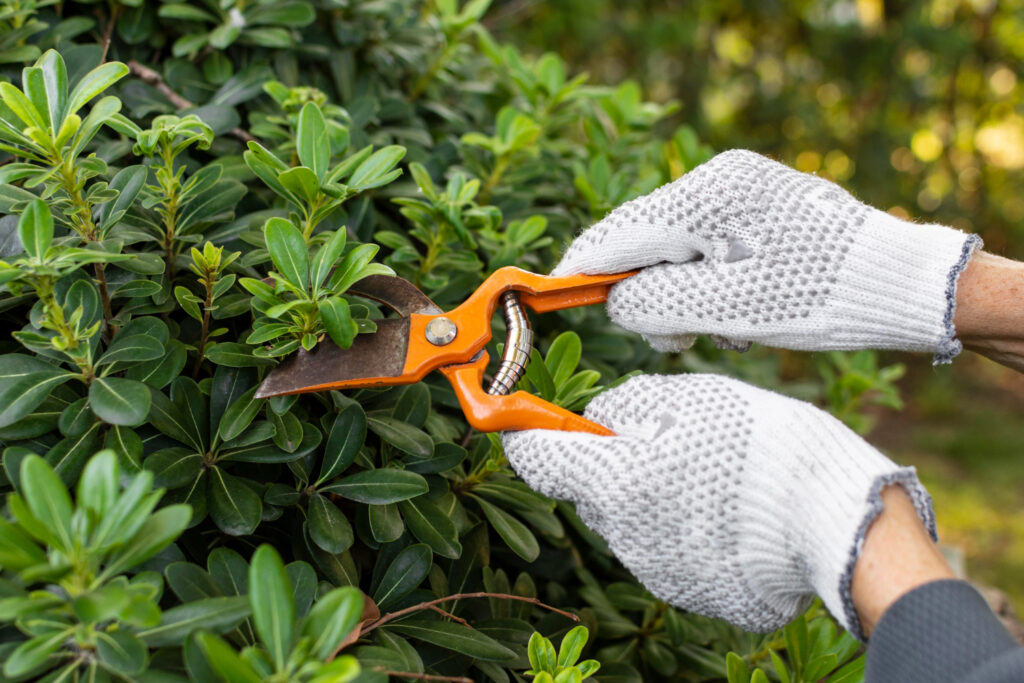
Table of Contents
Table of Contents
- Why Tree Trimming Is Essential
- Tools of the Trade
- Professional vs. DIY Tree Trimming
- Best Times for Trimming Trees
- Sustainability and Eco-Friendly Practices
- Legal Considerations in Tree Trimming
- Safety Tips for Tree Trimming
- Trends and Innovations in Tree Care
Why Tree Trimming Is Essential
Tree trimming is a critical aspect of landscape management that supports the health and safety of trees. It’s not just about aesthetics; a well-pruned tree is less likely to lose limbs in a storm, which could cause harm to property and people. Regular pruning removes dead or diseased branches, which is crucial for preventing decay organisms from penetrating the tree. Additionally, it promotes the development of strong, healthy branches while allowing for a more shapely and robust growth. Engaging with local services like tree trimming near me can ensure your trees are maintained professionally, helping maximize their environmental and property value benefits. If you’re also considering enhancing your outdoor space, you might want to look into concrete patio installers to create a perfect area for relaxing or entertaining near your newly trimmed trees.
Tools of the Trade
Proper equipment is vital for carrying out tree trimming efficiently and safely. Hand pruners and loppers are typically used for small to medium-sized branches, with pruning saws preferred for thicker limbs. Chainsaws come into play for the heaviest branches. However, these tools require expertise to use safely. Pole pruners lessen the chance of falls by enabling access to high branches without the need for ladders. The correct choice of tools not only makes the job easier but also minimizes damage to the tree, allowing for quicker recovery and healthier growth.
Professional vs. DIY Tree Trimming
When it comes to tree trimming, many people face the dilemma of deciding whether to hire a professional arborist or attempt the task themselves. DIY projects can be rewarding, offering a sense of accomplishment and potential cost savings. However, tree trimming involves inherent risks, particularly for large trees or those near power lines. Professional arborists have the experience, skills, and equipment necessary to perform the job safely and effectively. They can assess a tree’s specific needs, predict how the tree will respond to trimming, and advise on the most appropriate care techniques.
On the other hand, for smaller trees or minor trimming tasks, homeowners may choose to handle the work themselves with the right tools and knowledge. Ultimately, the decision should consider the tree’s condition, the scope of work, and personal comfort with tackling such a project.
Best Times for Trimming Trees
Knowing the best times to trim your trees can have a big impact on maintaining their health. Generally, late winter is ideal for most species, as it is during this dormant period that trimming has the least stress on the tree. It allows for vigorous regrowth in springtime. However, the timing can vary depending on the tree type and local climate conditions. For instance, trees like oak and elm should be pruned in winter to reduce the risk of disease transmission. The Arbor Day Foundation offers detailed guidance on the best trimming practices for different species, helping maintain their health and beauty while minimizing any negative effects.
Sustainability and Eco-Friendly Practices
With growing awareness of environmental issues, many gardeners and landscapers are adopting sustainable practices in tree care. This includes using eco-friendly tools and techniques that reduce energy consumption and minimize chemical use. For example, selective pruning techniques can maintain essential habitats for birds and insects while still achieving aesthetic and health goals for the trees. Moreover, composting branches and leaves instead of sending them to a landfill is one way to manage green waste sustainably. These practices contribute to a healthier ecosystem, ensuring that our green spaces continue to flourish now and in the future.
Legal Considerations in Tree Trimming
Tree trimming can sometimes involve legal issues, especially concerning property rights and municipal regulations. Before starting any trimming, it is crucial to be aware of whose permission is needed, particularly for trees that straddle property lines. Some cities and towns have specific requirements or permit processes for trimming trees to ensure public safety and maintain community standards. It’s advisable for homeowners to familiarize themselves with any local ordinances or consult a legal expert if necessary. This proactivity can prevent legal disputes and ensure compliance with all relevant regulations.
Safety Tips for Tree Trimming
Ensuring safety during tree trimming is critical. First, evaluate the work area to identify potential hazards, such as nests, entangled debris, or close proximity to power lines. Using the right protective gear, including gloves, helmets, and safety goggles, is essential. Follow recommended ladder safety practices, and never climb trees without proper training and equipment. It’s also important to avoid working alone. Having someone else nearby can provide assistance or call for help if needed. By prioritizing safety, both homeowners and professionals can prevent accidents and injuries.
Trends and Innovations in Tree Care
The field of tree care is advancing with exciting technologies and methodologies. Drones, for instance, are increasingly used for inspecting trees in hard-to-reach locations, providing detailed visual data without the need for climbing. Additionally, new pruning techniques like controlled directional pruning are being developed, which optimize light exposure while respecting tree structure. Staying informed about advancements can help homeowners and professionals alike manage trees with greater efficiency and effectiveness, contributing to both the safety and the health of our urban canopy.
